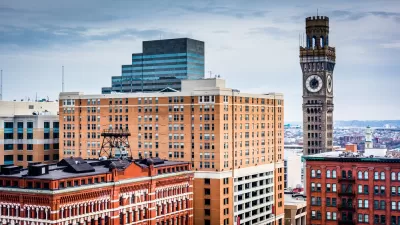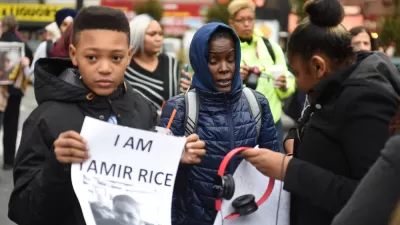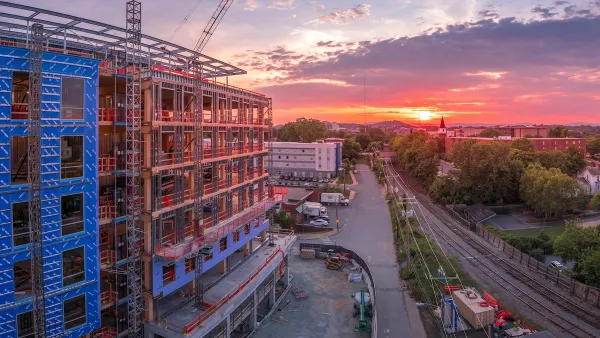A zoning code makeover is awaiting City Council approval in Baltimore. The proposed changes would help the city evolve from its industrial legacy.
"In 1971, Richard Nixon was president, gas cost 40 cents a gallon, bell bottoms were in style, and Baltimore's current zoning code was passed. A lot has changed since then, and Baltimore is rewriting its code in an effort to keep up," writes Gregory Friedman in a post that explains the potential effects of the zoning code process underway in Baltimore.
According to Friedman's analysis, the changes to Baltimore's zoning code would "provide a big boost for smart growth" by allowing for denser development and less parking in areas around rail transit stations. The new code also creates a new use category called Industrial Mixed-Use, which allows the adaptive reuse of obsolete industrial buildings for new life as live-work spaces or " workshops for industrial entrepreneurs." Friedman also notes the Neighborhood Commercial provision, where "structures in rowhouse neighborhoods that were once used as corner stores can once again be used for business."
The article goes on to detail the political delays holding up the approval of the zoning code, including the big question of whether to allow the City Council approval; power over certain conditional uses. Friedman concludes by listing the organizations doing the most work to support the changes included in the proposed zoning code.
FULL STORY: Baltimore is in line for a new zoning code. But just like in DC, it's taking a while

Planetizen Federal Action Tracker
A weekly monitor of how Trump’s orders and actions are impacting planners and planning in America.

Maui's Vacation Rental Debate Turns Ugly
Verbal attacks, misinformation campaigns and fistfights plague a high-stakes debate to convert thousands of vacation rentals into long-term housing.

Cuomo Is the Candidate of Both NIMBYs and Developers. What Gives?
In the New York City mayoral race, odd bedfellows align to preserve the housing status quo.

Amtrak Rolls Out New Orleans to Alabama “Mardi Gras” Train
The new service will operate morning and evening departures between Mobile and New Orleans.

The Subversive Car-Free Guide to Trump's Great American Road Trip
Car-free ways to access Chicagoland’s best tourist attractions.

San Antonio and Austin are Fusing Into one Massive Megaregion
The region spanning the two central Texas cities is growing fast, posing challenges for local infrastructure and water supplies.
Urban Design for Planners 1: Software Tools
This six-course series explores essential urban design concepts using open source software and equips planners with the tools they need to participate fully in the urban design process.
Planning for Universal Design
Learn the tools for implementing Universal Design in planning regulations.
Heyer Gruel & Associates PA
JM Goldson LLC
Custer County Colorado
City of Camden Redevelopment Agency
City of Astoria
Transportation Research & Education Center (TREC) at Portland State University
Jefferson Parish Government
Camden Redevelopment Agency
City of Claremont





























